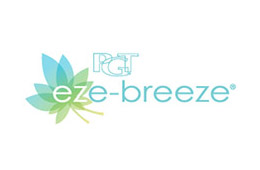Installing shingles seems like a straightforward task, but even small errors during the process can lead to costly and frustrating issues down the line. Whether you’re taking on a DIY project or hiring a professional, understanding common installation mistakes can help you avoid problems and extend the life of your roof. Here are five shingle installation mistakes to watch out for.

1. Improper Nailing Technique
Nailing shingles is one of the most critical parts of the installation process. Over-driving or under-driving nails can cause shingles to loosen or lift. The nail placement must be precise—too high or too low on the shingle can cause damage, and improper nails can rust, leading to further issues. Make sure nails are placed in the right spot and driven straight to ensure they hold the shingles securely in place.
2. Not Using Enough Nails
While it may be tempting to cut corners, not using the recommended number of nails can result in shingles that are more vulnerable to being blown off by strong winds. Roofing manufacturers typically recommend at least four nails per shingle—fewer nails won’t hold up, especially in areas prone to storms. Always follow the manufacturer’s guidelines to ensure a secure and durable roof.
3. Poor Ventilation
Roof ventilation is key to extending the lifespan of your shingles and preventing moisture buildup. Without proper ventilation, heat and moisture can accumulate in the attic, leading to premature shingle deterioration. Make sure to install ridge vents, soffit vents, and other necessary ventilation components as part of the installation process.
4. Not Overlapping Shingles Correctly
Shingles need to be properly overlapped to create a weather-tight seal. Failing to do this can result in leaks, as water can seep through the gaps between shingles. Ensure the edges of each shingle are correctly aligned and overlap the ones beneath them according to manufacturer guidelines.
5. Installing Shingles in Wet or Windy Conditions
Shingles should never be installed when the weather conditions are unfavorable. Wet, rainy, or windy weather can make shingles slippery and harder to secure, and wet shingles may not adhere properly. Always check the weather forecast before starting your roofing project to avoid these conditions.
Shingle installation is a delicate process that requires attention to detail to ensure long-lasting protection. By avoiding these common mistakes, you can safeguard your home from future roof damage, leaks, and other issues. If you’re unsure about your installation skills, consider calling a professional to ensure the job is done right the first time. Call Homecraft® Inc. at (302) 798-0302 or fill out our online form to schedule an appointment.










